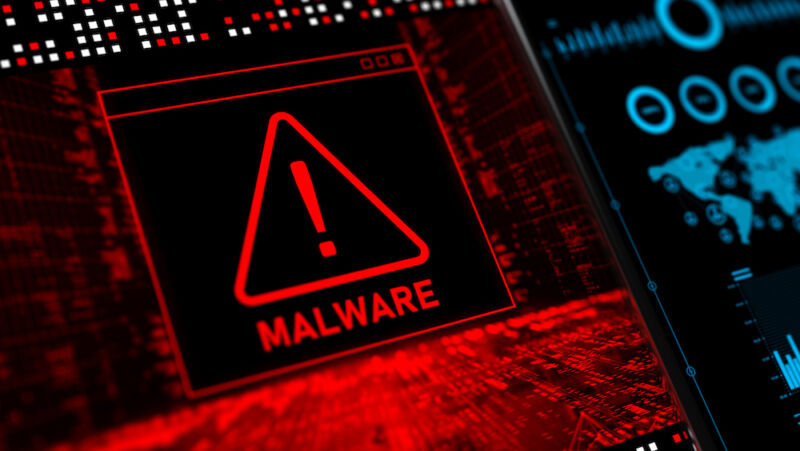In today’s interconnected world, cybersecurity is paramount. Malware, a term combining “malicious” and “software,” poses a significant threat to individuals and businesses alike. Understanding what Viruses is and how to protect yourself against it is crucial for safeguarding your digital assets. This comprehensive guide explores the ins and outs of malware and provides actionable strategies to stay protected in cyberspace.
Table of Contents
Exploring Malware:
Viruses encompasses a wide range of malicious software designed to infiltrate, damage, or gain unauthorized access to computer systems. From viruses and worms to ransomware and spyware, these digital threats can wreak havoc on your devices and compromise your sensitive information.
Understanding Different Types of Malware:
- Viruses: These malicious programs attach themselves to legitimate files and replicate when executed, causing harm to the host system.
- Worms: Unlike viruses, worms can self-replicate and spread across networks without needing a host program.
- Ransomware: This nefarious software encrypts files on a victim’s device and demands payment for their release, posing a significant threat to individuals and organizations.
- Spyware: Designed to covertly gather information from a user’s device, spyware can track keystrokes, capture passwords, and monitor browsing activities without the user’s consent.

The Impact of Viruses:
Malware attacks can have devastating consequences, ranging from financial losses to identity theft and reputational damage. Businesses may suffer operational disruptions, loss of customer trust, and regulatory penalties in the aftermath of a cyberattack.
Protecting Yourself Against Malware:
While malware continues to evolve in sophistication, implementing robust cybersecurity measures can mitigate the risk of infection and safeguard your digital assets.
Best Practices for Malware Protection:
- Install Antivirus Software: Utilize reputable antivirus software with real-time scanning capabilities to detect and remove malware threats.
- Keep Software Updated: Regularly update operating systems, applications, and security patches to address known vulnerabilities and strengthen defenses against emerging threats.
- Exercise Caution Online: Be wary of suspicious emails, attachments, and links, as they may contain malware or phishing attempts aimed at stealing your personal information.
- Use Strong Passwords: Create complex passwords and enable multi-factor authentication to enhance account security and prevent unauthorized access.
How does malware infect a computer?
Malware can infect a computer through various means, including malicious email attachments, compromised websites, infected USB drives, and software vulnerabilities.
What are signs that indicate a malware infection?
Common signs of a malware infection include sluggish performance, unexpected pop-up ads, frequent system crashes, and unauthorized changes to files or settings.
Can malware be removed manually?
While it’s possible to remove some malware manually, it’s often challenging, and there’s a risk of further damage to the system. Using reputable antivirus software is recommended for effective malware removal.
FAQs (Frequently Asked Questions):
- How does malware infect a computer? Malware can infect a computer through various means, including malicious email attachments, compromised websites, infected USB drives, and software vulnerabilities.
- What are signs that indicate a malware infection? Common signs of a malware infection include sluggish performance, unexpected pop-up ads, frequent system crashes, and unauthorized changes to files or settings.
- Can Viruses be removed manually? While it’s possible to remove some malware manually, it’s often challenging, and there’s a risk of further damage to the system. Using reputable antivirus software is recommended for effective malware removal.
- Is ransomware a prevalent threat? Yes, ransomware attacks have become increasingly common, targeting individuals, businesses, and even critical infrastructure. It’s essential to implement robust cybersecurity measures and regularly backup your data to mitigate the risk of ransomware attacks.
- How can businesses protect themselves from malware? Businesses should establish comprehensive cybersecurity policies, provide employee training on cybersecurity best practices, and implement network security measures such as firewalls, intrusion detection systems, and data encryption.
- What should I do if my device is infected with malware? If you suspect your device is infected with malware, immediately disconnect it from the network, run a full antivirus scan, and follow the recommended steps provided by your antivirus software. In severe cases, consider seeking assistance from cybersecurity professionals.
Conclusion:
In conclusion, understanding what malware is and implementing proactive cybersecurity measures are essential steps in protecting yourself against digital threats. By staying informed, exercising caution online, and adopting best practices for malware protection, you can minimize the risk of falling victim to malicious attacks and safeguard your digital presence.







